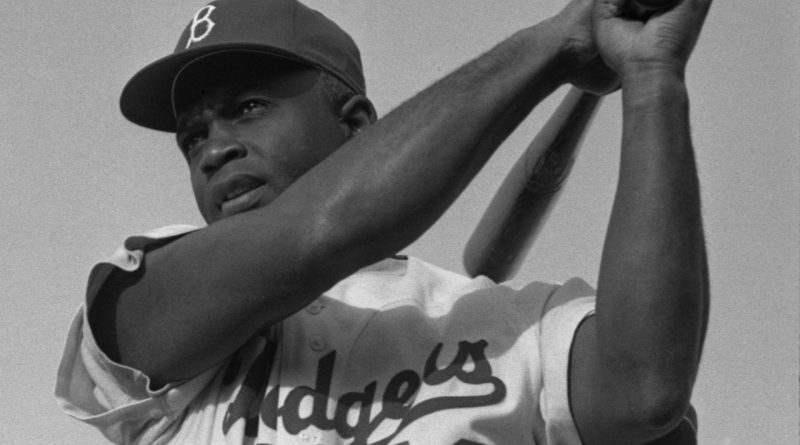Although baseball history is constantly evolving, some things never change
Although baseball history, like all history, is always evolving, some elements of the game haven’t changed much in the last 50 years. This is due to a number of factors, including the fact that the fundamentals of the game have largely not changed through time, that baseball clubs continue to devote time and resources to developing players’ fundamental talents, and that spectators have always come to watch star players and interesting teams.
With the introduction of free agency in 1976, Major League Baseball (MLB) underwent a fundamental transformation. The owners had control over all players ever since it began. Anyone could be traded at any time, and they could easily manage who would receive what compensation. Babe Ruth and other great players typically demanded high compensation, but because to free agency, players were now able to negotiate their contracts and join a team prepared to pay their asking price.
Players still needed to possess the talents a team need to win, as they had always done. One significant change was that players could now agree to guaranteed contracts, which guaranteed payment of their wages regardless of performance and even in the event of injury.
Professional baseball underwent a transformation that would affect how the Majors handled business and sourced players 73 years before to the advent of free agency. In order to establish some sort of order in which Major League teams obtained players from minor market clubs, the National Association of Professional Base Ball Leagues, sometimes known as the Minor Leagues, was established in 1903. The legendary Branch Rickey created the framework for what is now known as the “Minor Leagues” in the 1930s. Rickey’s formalization of the “Minors,” which became committed to producing players who could compete in the Majors, was ironically referred to as the “farm system” since little town clubs were raising young players “like corn” down on the farm.
MLB has relied on affiliate farm teams since the 1930s to develop players for the major leagues, to provide promising prospects for trades, or to merely provide suitable substitutes when needed. In today’s Minor League, players advance through A, AA, and AAA ball through a highly established structure. Including minor league prospects in a trade for a capable Major Leaguer is one way for a team to sweeten the deal. Bringing up players from the “farm team” when they are ready is another approach for owners to reduce expenditures. An MLB team can save millions of dollars by doing this.
Paying a seasoned infielder 2.5 million dollars can be more advantageous than bringing up a competent second baseman from the minors and giving him a minimum of $327,000 each season. A team can spend more money on other positions, especially pitching, which is always expensive and at a premium, by using a set percentage of non-veterans.
The Minor Leagues have traditionally been a way for clubs to cut costs, but given today’s outrageous salaries, the power of the players union, and the fact that the majority of clubs have payrolls under $100 million, making wise use of Minor League players can mean the difference between turning a profit and winning the World Series.
Since those squad members who have been brought up are not eligible for wage arbitration until they have spent three years in the Majors and cannot become free agents until they have accrued six or more years in the major leagues, using players from the farm club actually offers owners more authority. The authority that National and American League owners had over every player prior to 1976 still exists now, albeit for a small period of time throughout a player’s career.
Teams have frequently made financial investments in important players in an effort to win a title and generate as much income as possible. There have been owners who are more willing to pay than others throughout the history of baseball. Some of the Charles Comiskey-owned Chicago White Sox chose to award the 1919 World Series to their National League rivals, the Cincinnati Reds.
The White Sox players believed their manager underpaid and undervalued them. They reasoned that if they bet on the underdog Reds and guaranteed that the National Leaguers would win, they would profit handsomely. They indeed accomplished that, but they were also apprehended. The 1919 Black Sox Scandal came to be recognized as such, and it serves as a perpetual reminder to owners of how a wealthy guy like Comiskey could be both penny-wise and pound-foolish.
A club does not automatically win the World Series or even the League Championship by spending a lot of money, of course. The New York Yankees haven’t been able to claim the championship since their salary surpassed $100 million. Steinbrenner and the company have been distributing $200 million in team compensation over the past few years. The Chicago White Sox gave its players a little over $75 million in compensation. The majority of analysts concur that in order to remain competitive, an MLB team needs to spend around $70 million intelligently.
The fundamental premise behind pay before free agency is that a player who is treated honestly and compensated accordingly can equal a happy owner of a successful team. After free agency, it was believed that teams had to pay players what the market demanded in order to compete, and owners had some degree of control over that market. Fundamentally, these are two sides of the same coin.
Cy Young, Shoeless Joe Jackson, and Home Run Baker would all still be familiar with the game if we could bring them back to life and take them to a baseball game. Since their era, artificial grass has been developed, specialty pitchers have been created, and the American League has added the designated hitter position. Additionally, the scoreboards, strike zone, and mound are all different.
Although more sophisticated, player skills remain essentially unchanged. They would understand that a more skilled athlete should be able to obtain a higher salary than a less skilled player. But those elite players would likely be perplexed by the game’s overall economy. Due to this, owners who wish to succeed now need to develop a new kind of off-field strategy. It’s the biggest change MLB has seen since the turn of the century.




